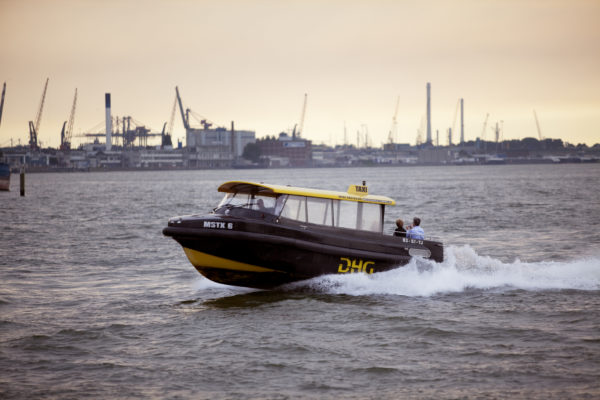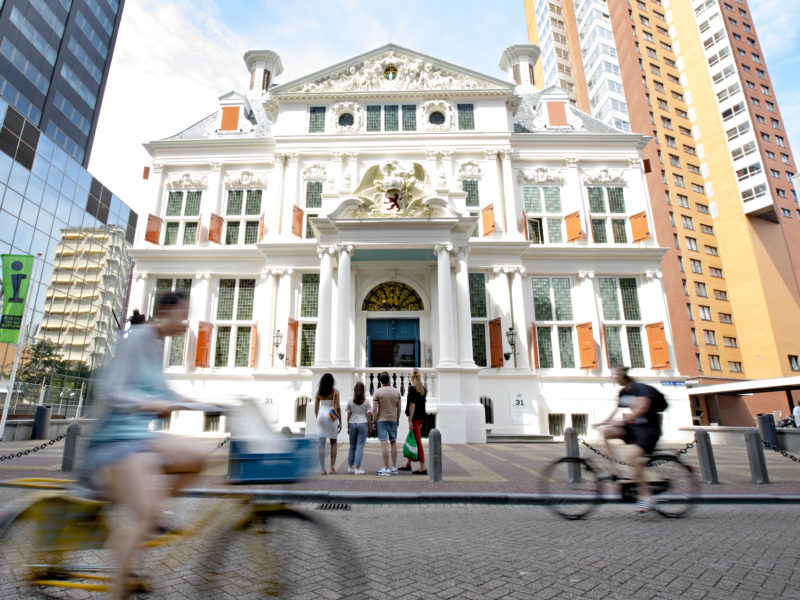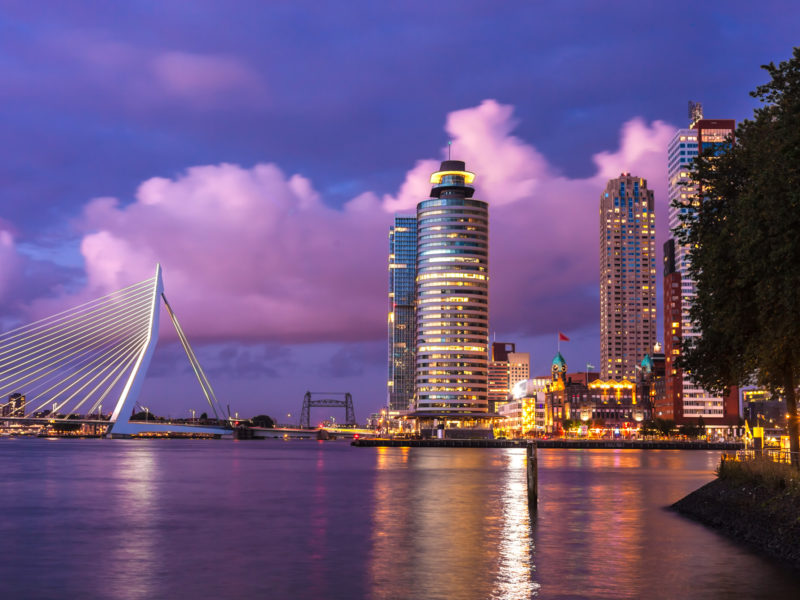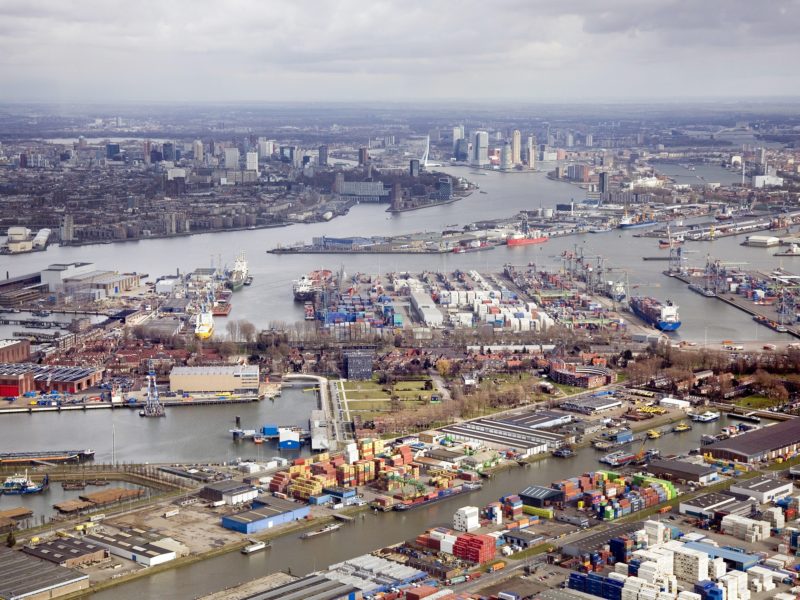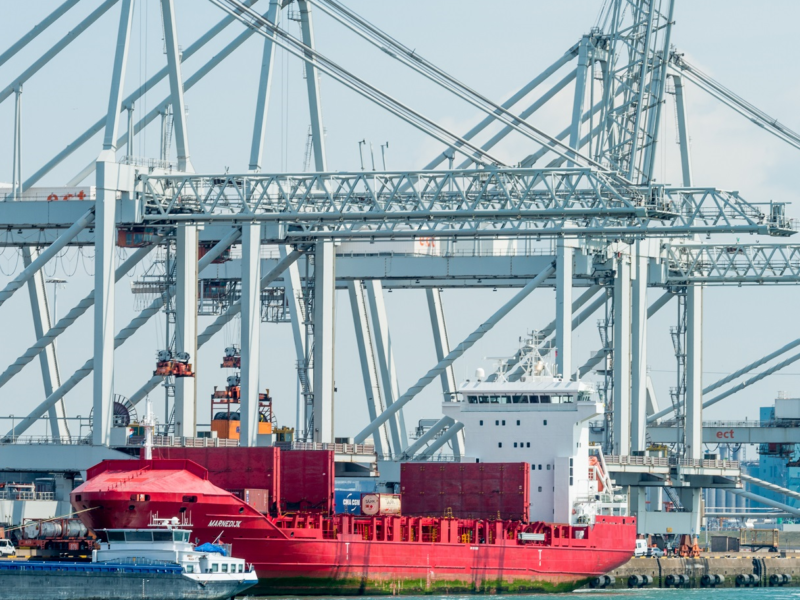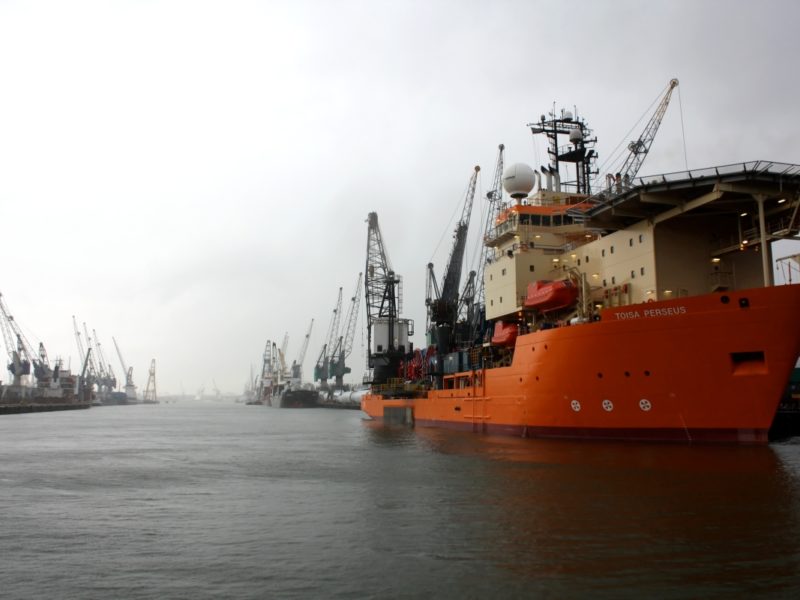Nowhere in Europe there are water taxis like in Rotterdam. A demand-driven transport network of twenty boats that take you from A to B on request is unique. Watertaxi Rotterdam, which has more than fifty of its own docks throughout the city, has been a symbol of the city of Rotterdam and its port for 27 years now. In order to keep developing in terms of digitalisation, Watertaxi Rotterdam has started working with Flying Fish, a company that focuses on maritime innovation. Flying Fish makes good use of the room for experimentation that Rotterdam offers. The brothers Gerben and Johan Schonebaum, co-founders of the Delft start-up Flying Fish, are working on a digital water taxi network. They are also aiming to have a water taxi running on hydrogen by 2022.
Flying Fish consists of a team of eighteen young technical minds who want to make the world more sustainable. “We combine years of experience gained by Watertaxi Rotterdam with a fresh approach,” says Johan, “which is perfect for setting up a digital water taxi network and operating the boats more economically. It should lead to our own water taxi app, which should improve the ease of use and the efficiency of passenger transport by water. We’re aiming to make all water taxi operations emission free. But the step from diesel-powered boats to water taxis that run entirely on electricity is a big one. That’s why we want to utilise the existing fleet more efficiently first, with intelligent automation. Currently Watertaxi Rotterdam operates as such: bookings for trips are collected in the control centre. There’s already a software environment for trip planning, but now we’re going to take it a step further. The idea is that the system will plan the trips. The huge growth of passenger numbers in Rotterdam is simply making it impossible for the planning operators working at Watertaxi Rotterdam to keep up. Their role is changing. Automation isn’t going to replace staff – it’s going to support them.”


